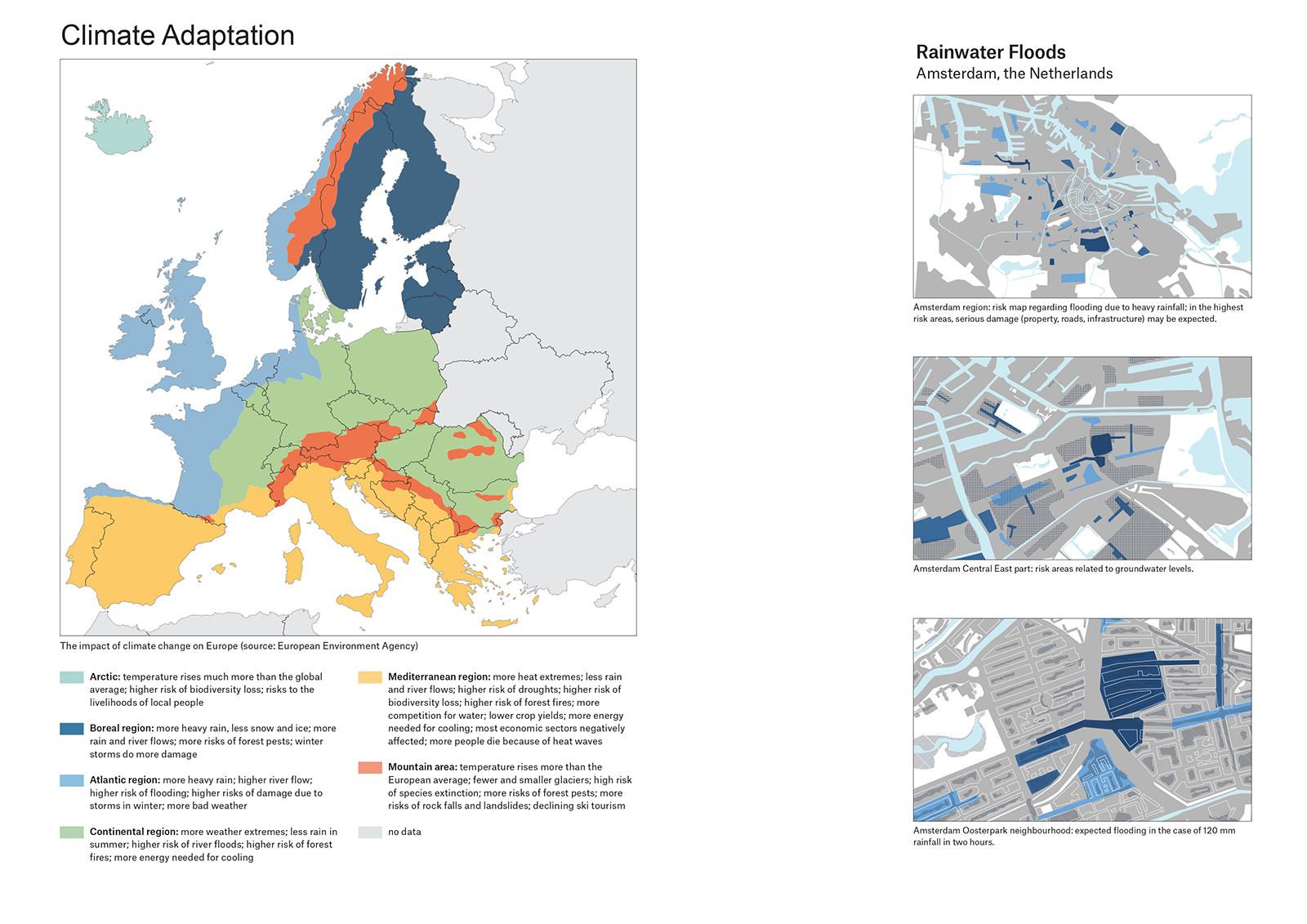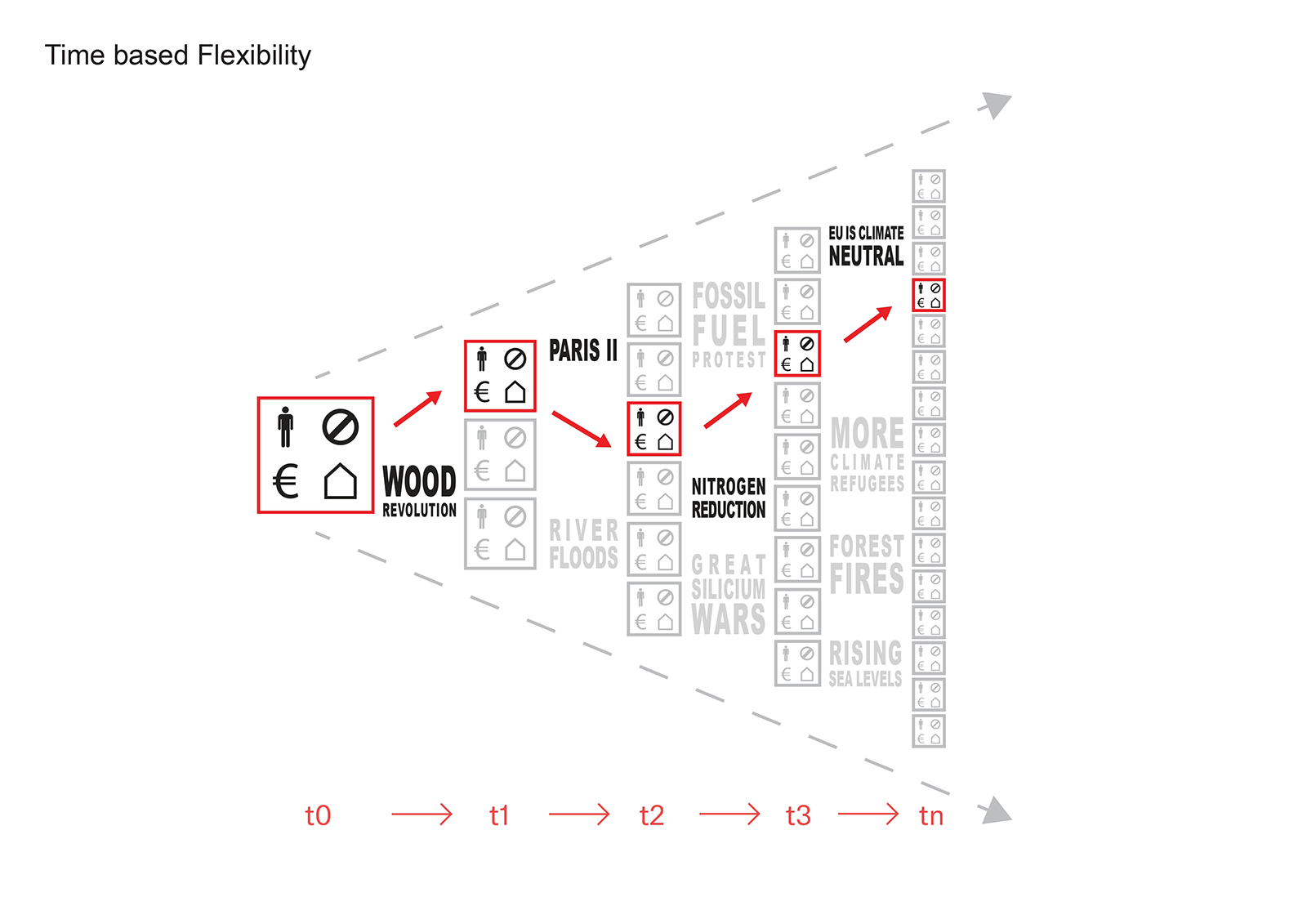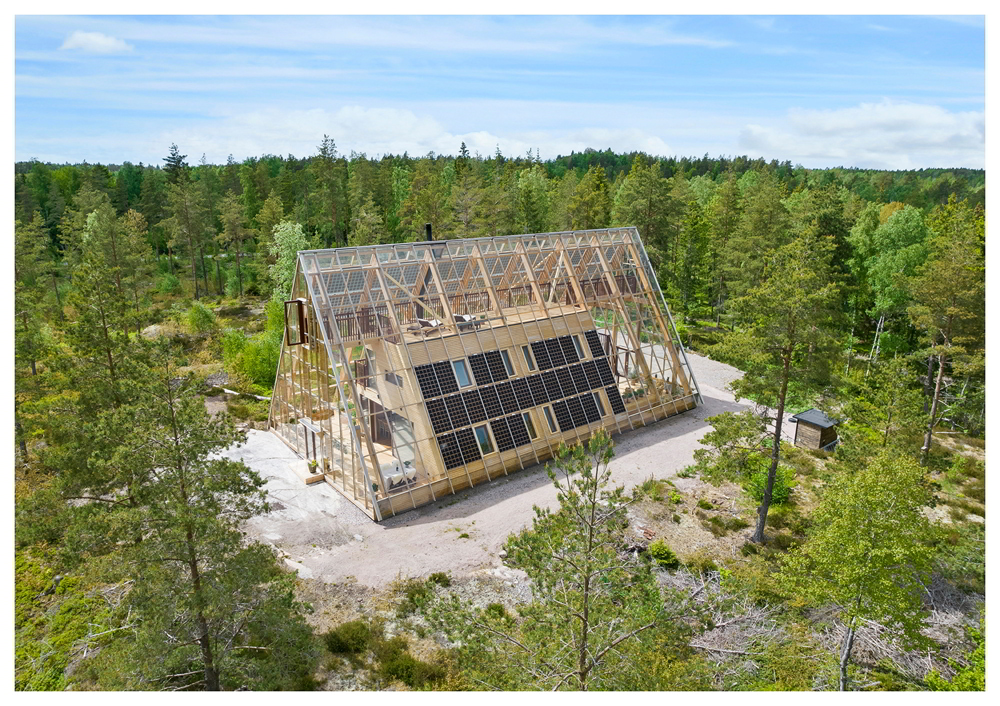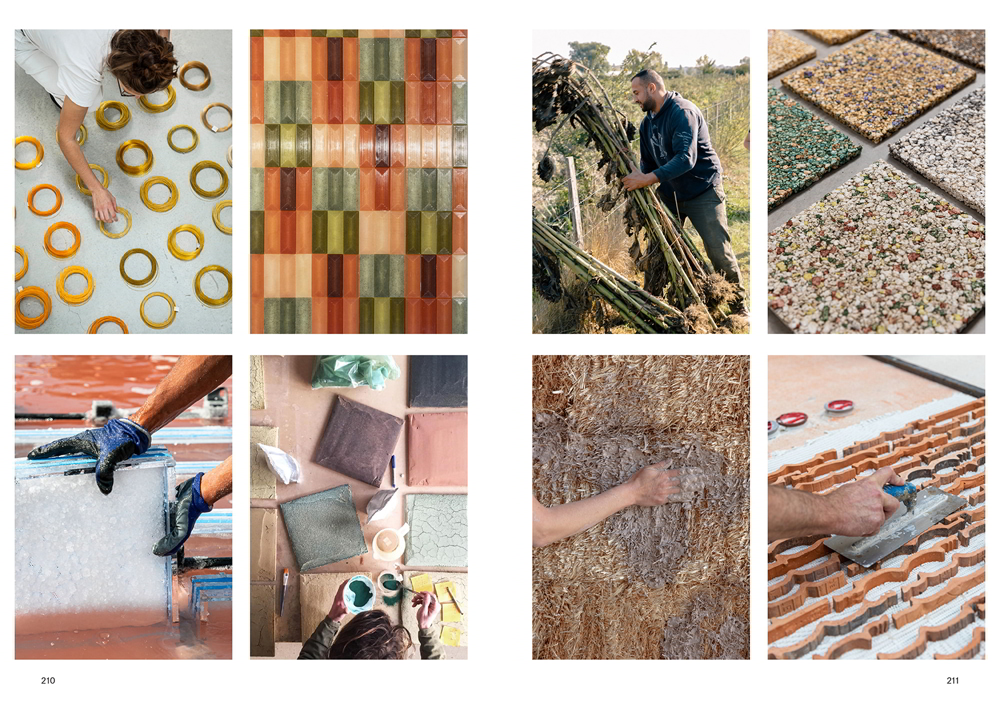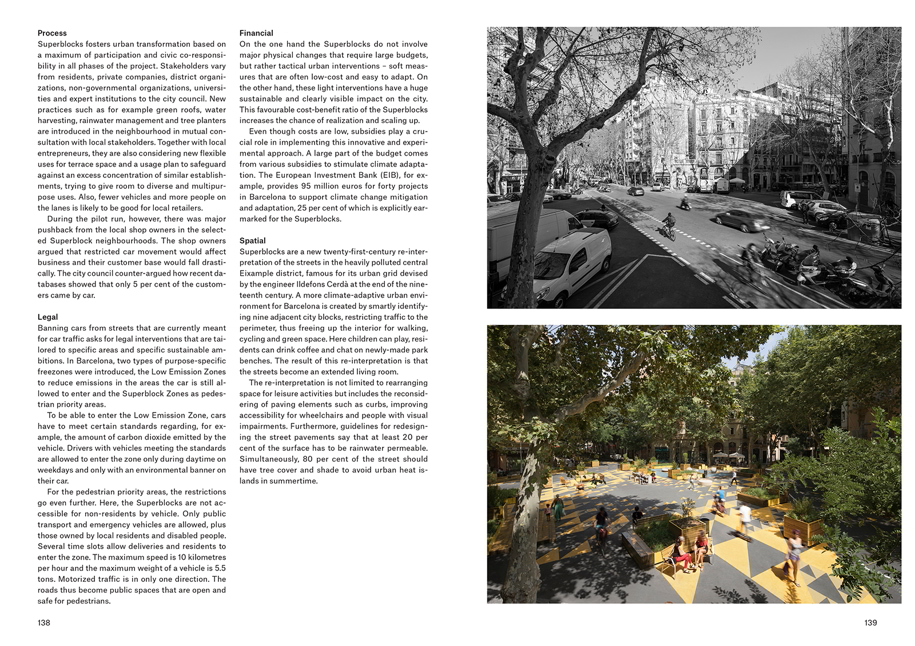In European cities, a pressing accumulation of environmental crises, including global warming, resource depletion, pollution, and species extinction, poses a challenge to livability. Addressing these issues necessitates a shift towards circular and climate-adaptive urban development. “The Flexible City: Solutions for a Circular and Climate Adaptive Europe” book introduces a toolbox designed for implementing circularity and climate adaptation in European cities, emphasizing a method tailored to the region’s unique qualities, democratic traditions, and economic unpredictability. The book offers practical insights and examples, highlighting the importance of community involvement, such as the ‘House of the Winds’ in Greece and InCommOn’s efforts to promote the circular economy through citizen engagement.
-text by the authors
All over Europe, cities struggle with an accumulation of environmental crises like global warming, the depletion of natural resources, pollution, and the extinction of species. If we want to keep our cities liveable, we have to make them circular and climate adaptive.
Making our planning methods, production processes, and building economies circular in order to remove the causes of the environmental crises is a tough assignment. Turning our cities into climate-adaptive environments, ready to cope with the negative consequences of these crises, is not easy either. Despite strict agreements like those limiting global warming (Paris 2015) or protecting biodiversity (Montreal 2022), the pace of change in our cities is too slow. Apparently, their planning system has to be reformed.
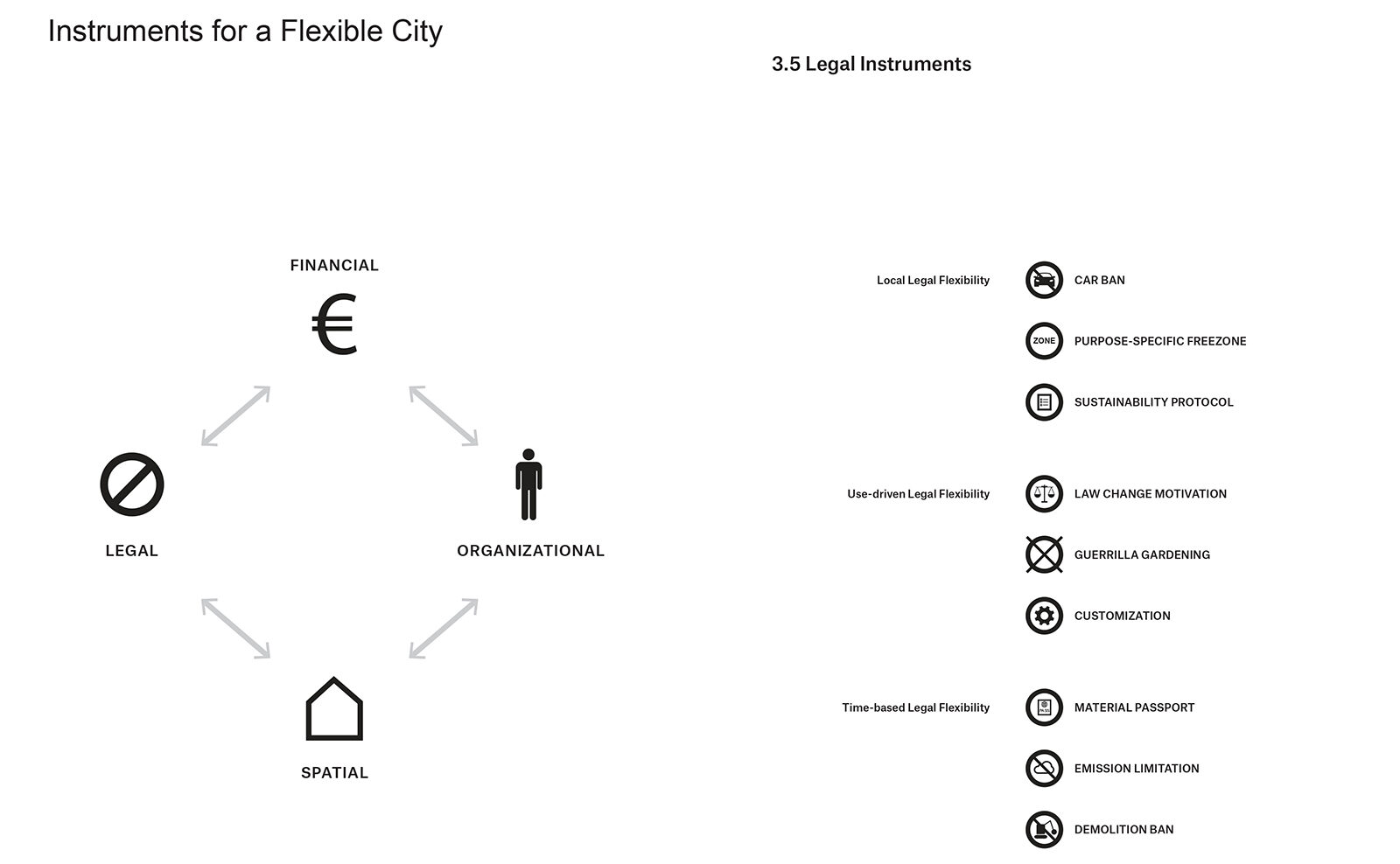
This book presents a toolbox with which circularity and climate adaptation can be implemented successfully. Based on existing local qualities, the proactivity of users, and a step-by-step approach, a method is presented in this book that is tailored to the European situation, with its democratic tradition, the ways heritage is acknowledged, and how it moves along with the unpredictability of economic tides.
With the help of a network of local reporters, authors Tom Bergevoet and Maarten van Tuijl compare European cities, identify similarities and trends, and describe tools and successful examples in detail. This creates an inspiring handbook for anyone contributing to the future of the European city: from civil servants and policymakers to developers, designers, builders, and users.
The tools presented touch upon organizational, spatial, financial, and legal aspects, emphasizing the multifactorial nature of urban development.
Among the inspiring examples, a couple of them are located in Greece. The ‘House of the Winds‘ by Couvelas Architects is presented as a successful example of contemporary architecture that incorporates traditional knowledge into building placement and design to effectively address local climate conditions. Highlighting the importance of involving the local communities, InCommOn (Innovative Communities Onwards) from Thessaloniki is presented as an organization that promotes the circular economy through the activation of citizens and participatory processes.
Facts & Credits
Book title: The Flexible City: Solutions for a Circular and Climate Adaptive Europe
Authors: Tom Bergevoet, Maarten van Tuijl
In conjunction with: Tallula Oellerich, Anna Tsagkalou, Joseph Siebenaler, Niklas Scheuer, Paulina Szuba, Aurélie Griveaux, Anna-Marie Mašková
Publisher: Nai010 publishers
READ ALSO: Το Slow Living Resort in Cyclades αποτελεί ένα έργο της Potiropoulos+Partners που ενσωματώνει στον σχεδιασμό του την κουλτούρα της ήρεμης ζωής
